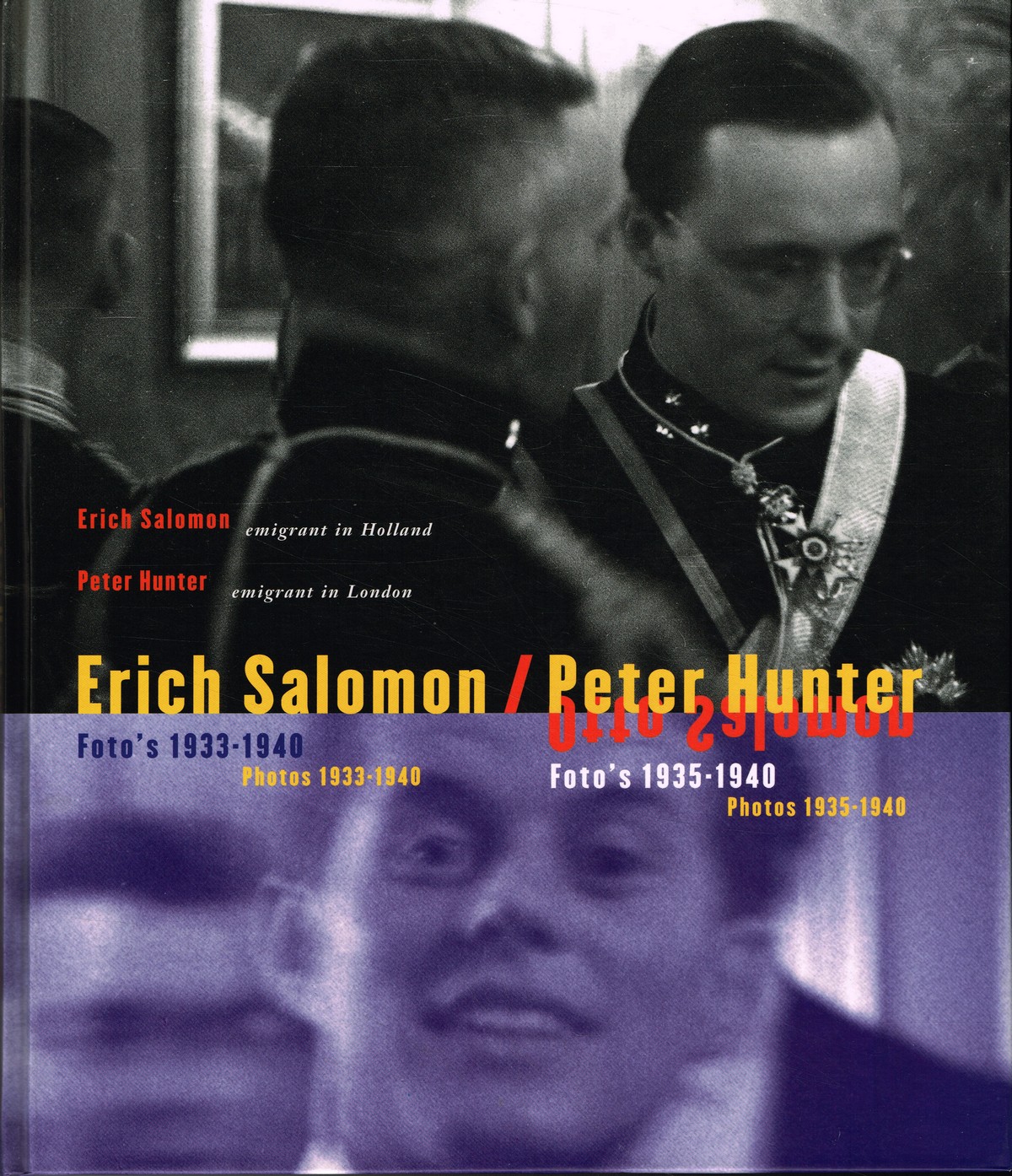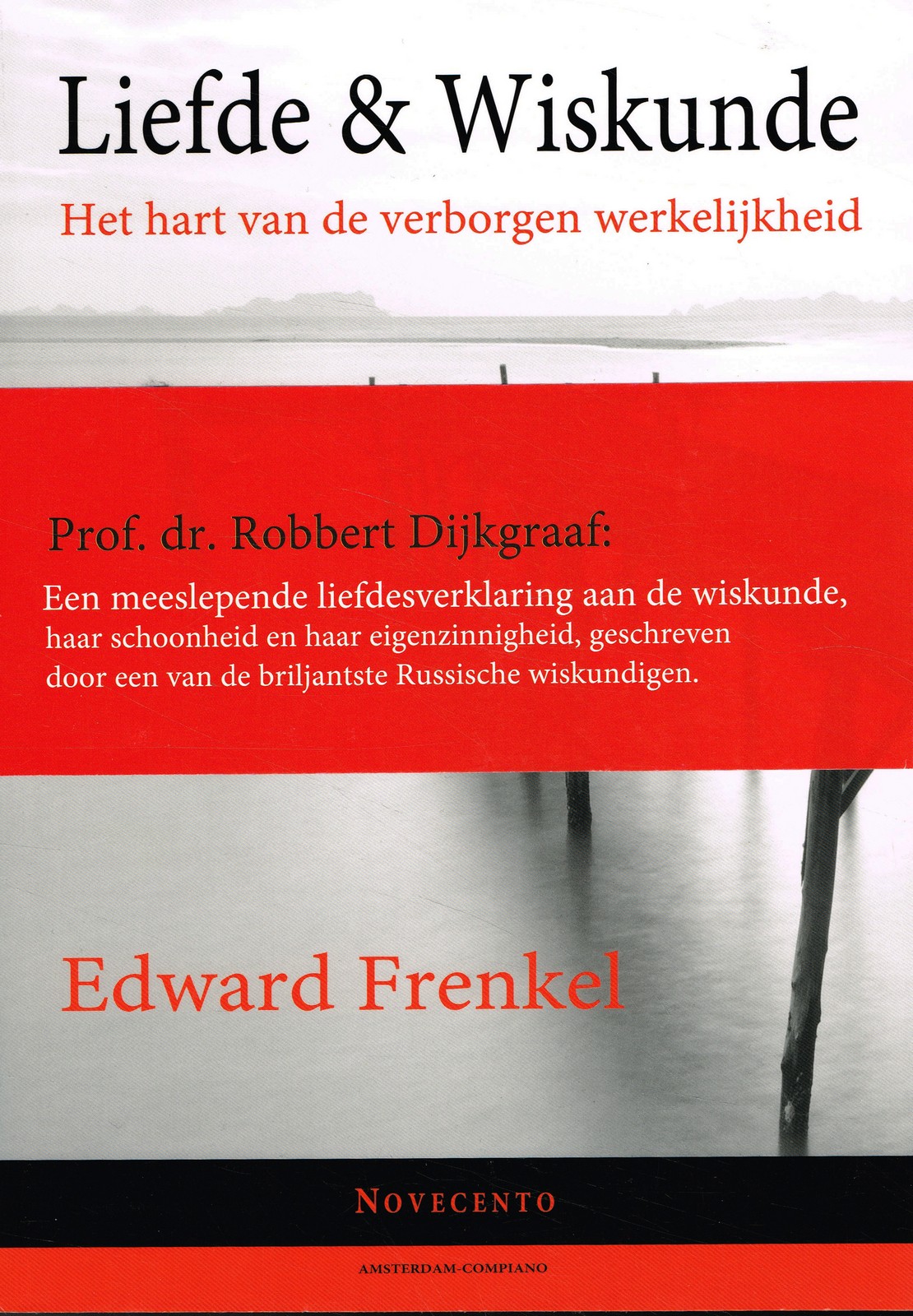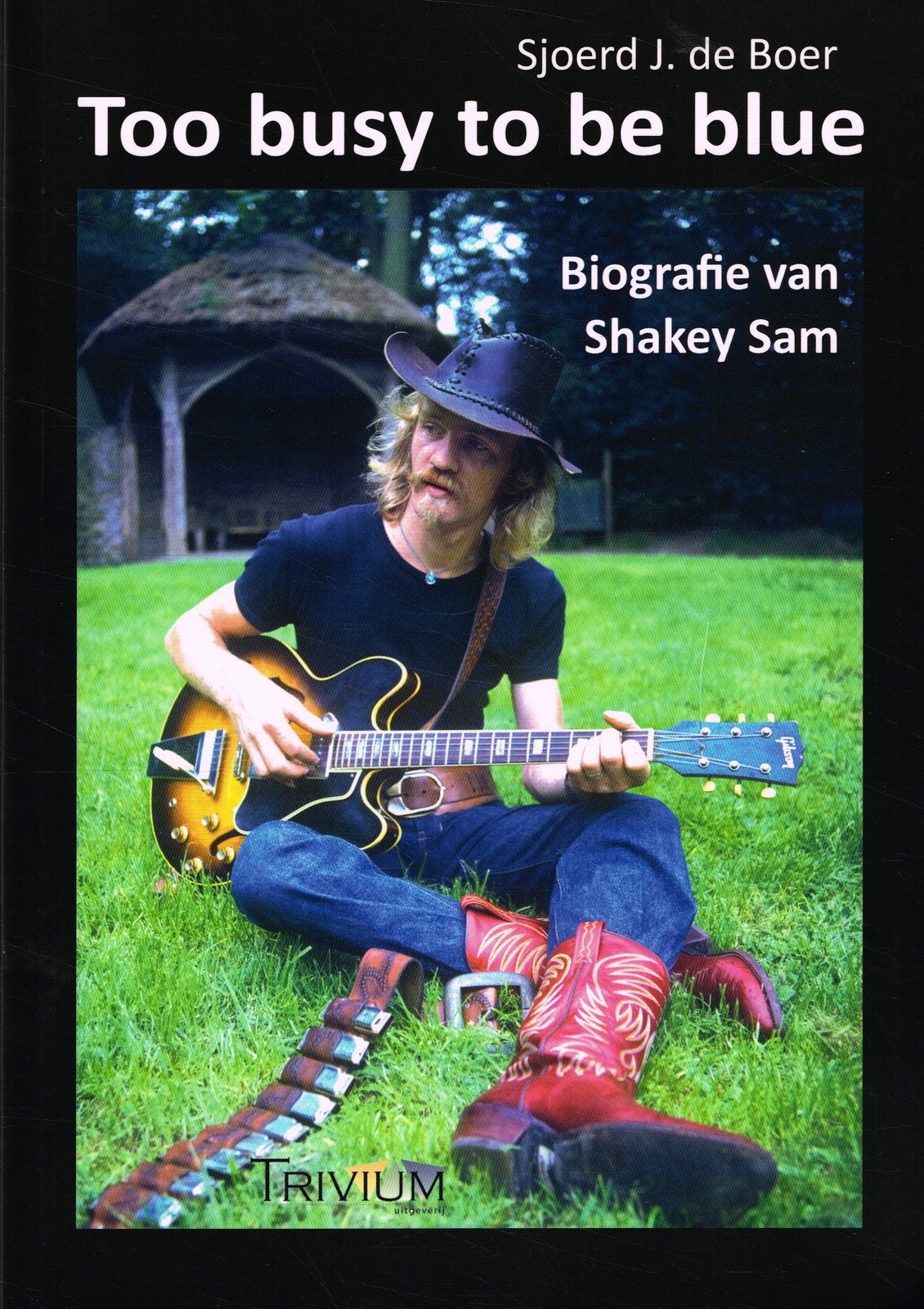Sjoerd J. de Boer
Too busy to be blue
Biografie van Shakey Sam
€ 17,50 Oorspronkelijke prijs was: € 17,50.€ 7,90Huidige prijs is: € 7,90.
‘Is he black?’ vroeg de blinde donkere Amerikaanse bluesmuzikant Sonny Terry toen hij Shakey Sam voor het eerst hoorde spelen. Een groter compliment was ondenkbaar voor Frieslands bekendste bluesman, die lange tijd werd gezien als opvolger van Cuby and the Blizzards. Was het zijn koppigheid die een doorbraak naar een groter publiek in de weg stond? Want compromissen sluiten deed hij niet en van nieuwe muziekstromen moest hij maar weinig hebben. Shakey Sam speelde de blues en was de blues. Dat leverde hem naast gemiste kansen echter ook zijn grootste bewonderaars op. Zijn vroege, plotselinge overlijden was een enorme schok voor zijn familie en zijn fans. ‘Too busy to be blue’ vertelt voor het eerst het complete levensverhaal van de markante muzikant Simon ‘Shakey Sam’ Vlietstra.
Gerelateerde producten
kunst
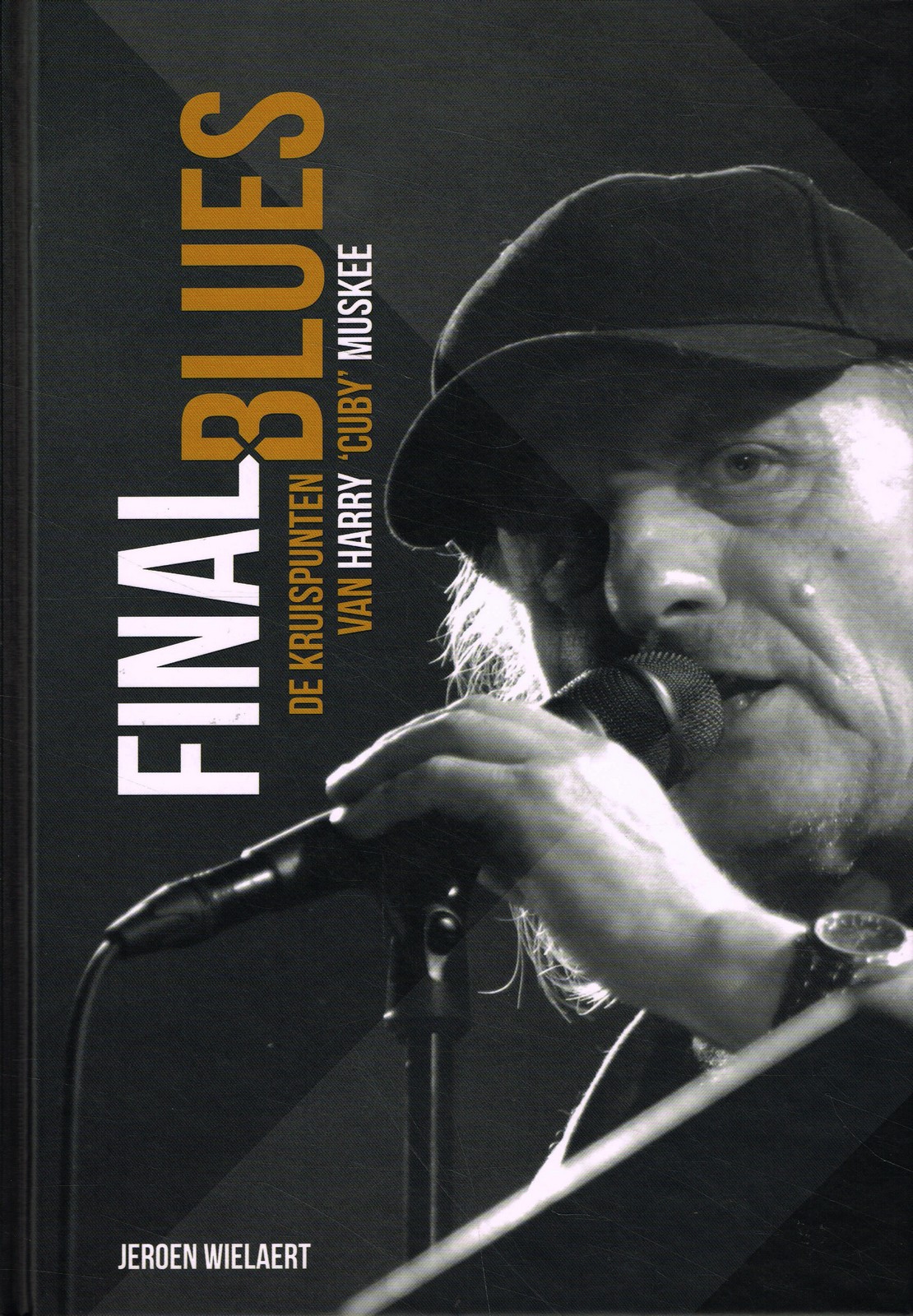
Jeroen Wielaert
Final Blues
Wat de Rolling Stones voor de blues deden in Engeland, deden Cuby and the Blizzards in Nederland: de van oorsprong zwarte muziek populair maken. Beide bands ontstonden in 1962. Harry Muskee en Eelco Gelling waren de kern van de groep uit Drenthe die heel het land op zijn kop ging zetten. Hun eerste LP Desolation kreeg in 1968 een Edison. Hij werd gevolgd door legendarische platen als Groeten uit Grolloo en Appleknockers Flophouse. De bezetting van de band wisselde nogal eens, met fenomenen als Hans Waterman, Hans La Faille, Herman Deinum, Helmig van der Vegt en Herman Brood. C B gaf in 1974 een afscheidsconcert. Harry Muskee ging door met andere bands. In 1995 kreeg Muskees oude vriend Johan Derksen het idee om Cuby and the Blizzards nieuw leven in te blazen. Toen kwam er een nieuwe stergitarist bij: Erwin Java. Het werd weer een fascinerende tijd, vol ups en downs. In juni 2011 ging het C B Museum open, in de voormalige boerderij van Harry Muskee in Grolloo. Het was vlak voor zijn 70-ste verjaardag. Op 26 september 2011 overleed Harry. In 2003 verscheen zijn biografie De Missie. Het boek werd bekroond in 2006. In 2008 kwam er een aangevulde heruitgave. Tien jaar na Harry's dood besloot Jeroen Wielaert om de biografie af te ronden door het boek aan te vullen met alles wat er sinds 2008 rondom Harry Muskee gebeurd is.. Het werd Final Blues. Final Blues beschrijft het erfgoed van Harry en de band. Die legacy blijft springlevend. Dat bleek ook uit de rondgang langs voormalige bandleden, vrienden en nabestaanden van Harry Muskee waaronder Daniël Lohues, Willy Middel, Hans La Faille, Herman Deinum, Helmig van der Vegt, Erwin Java, Eelco Gelling, Johan Derksen en Douwien Oosterhof-Muskee. Alles bij elkaar geeft dat dieper inzicht in zijn en hun leven en werken. Het boek is daarmee uitgegroeid tot popgeschiedenis tegen de achtergrond van veel grote maatschappelijke ontwikkelingen. Van Gorcumgeb - 356 blz
kunst
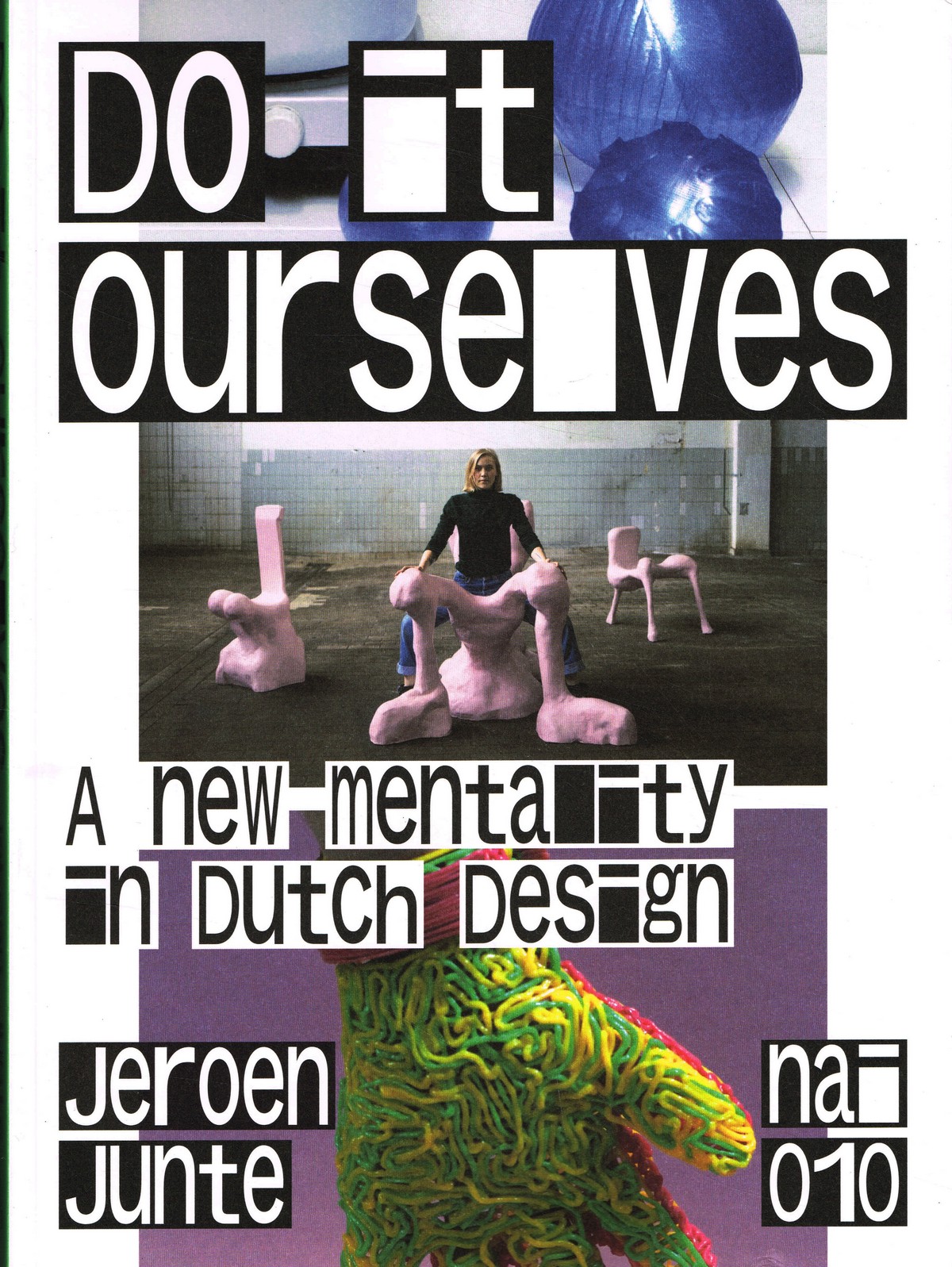
Jeroen Junte
Do It Ourselves
For English see below Nederlandse ontwerpers hebben de afgelopen jaren een scherpe koerswijziging doorgemaakt. De nieuwe lichting ontwerpers kiest nieuwe waarden en uitgangspunten en streeft door onderzoek en samenwerking naar maatschappelijke relevantie en impact. Deze 'post-crisisgeneratie' is bevlogen, optimistisch, maar ook pragmatisch met oog voor schoonheid. Humor en het concept als bijna obligate instrumenten zijn verruild voor engagement en vrij onderzoek. Ironie en beschouwende kritiek hebben plaatsgemaakt voor onbevangenheid en dadendrang. Ambacht en lokale productie worden onderzocht als een realistisch alternatief voor vastgelopen systemen. Naast kunst en design worden ook wetenschap, technologie, sociale studies en politiek gezien als speelvelden voor ontwerpers. Kortom, de nieuwste generatie ontwerpers zoekt naar een inhoudelijke verdieping van het vak en streeft naar een positieve bijdrage aan maatschappelijke vraagstukken. Designjournalist en?criticus Jeroen Junte beschrijft voor het eerst deze nieuwe fase in de ontwikkeling van het alom geprezen Dutch Design en voert de lezer langs 199 verrassende, innovatieve en verbazingwekkende projecten en producten. - English - In recent years, Dutch Design has sharply diverged from its previous course. A generation of designers trained in and shaped by the crisis years chose new values and starting points. The focus is now on inquisitive and collaborative makers who strive for social relevance and, if possible, impact. This 'post-crisis generation' is committed and optimistic, but also pragmatic and in possession of an eye for beauty. Humour and the almost inescapable concept have been exchanged for engagement and free research and irony and contemplative criticism for open-mindedness and the will to act. Craftsmanship and local production are examined as realistic alternatives to deadlocked systems of production and distribution. In addition to art and design, science, technology, social studies and politics are also seen as design arenas. In short, the latest generation of designers is looking to substantiate the content of the profession and make positive contributions to social issues. Well-known design writer Jeroen Junte is the first to describe this new stage in the development of the widely acclaimed Dutch Design, by way of 199 surprising, innovative, astonishing projects and products. Engelstalig boek nai010pap - 275 blz
kunst
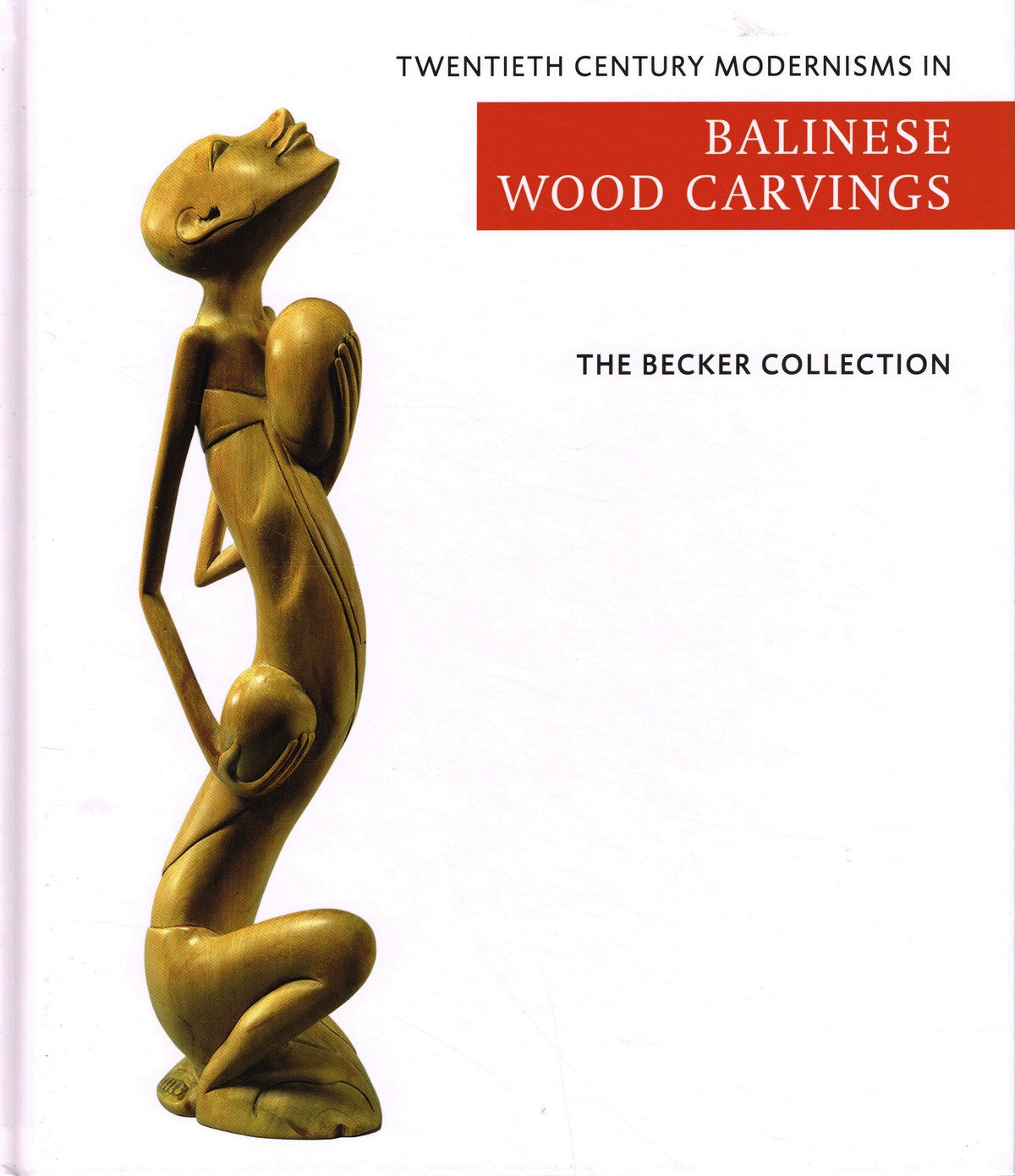
Ton & Mies Becker
Twentieth Century Modernisms in Balinese Wood Carvings
'The Becker Collection - Twentieth century modernisms in Balinese wood carving' contains the private collection of twentieth century ?modern style? Balinese wood carvings, collected by Ton and Mies Becker, both retired medical specialists and collectors of Asian art. Between the 8th and 10th century Hindu influences spread to Bali and blended into the exiting Balinese mix of animistic and Buddhist styles and subjects, known as Bali Aga. Hence, in due time the craftsmen obtained the subjects for their works from the Hindu-Balinese religion and their heroes and demons from famous Hindu epics. This particular style became known in the Western art world as the ?Traditional or Old Balinese style?. In the 20th century the arts and crafts scene in Bali changed completely. First because of Western artist who visited Bali and stayed on to work there and, second, because of the gradual influx of increasing numbers of foreign tourists. In addition the Dutch colonial government started a military campaign to control the powerful kingdoms of central and southern Bali. As a result the local craftsmen lost their royal support and soon realized that foreign tourists were not particularly interested in gods and heroes. Hence, stimulated by some of the Western artists who had settled in Bali, they turned to secular subjects taken from nature and everyday life and became more impressionistic in the execution. This led to a range of new styles, often impressionistic and sometimes even minimalistic and caricatural with bizarre elongated shapes or solid compact forms. In this book we are concerned with this particular type of 20th century ?Modern Style? Balinese wood carving. The catalogue contains 40 objects of ?modern style? wood carving, representing different styles. Each object is photographed, both as an overview and in details if so requested. A brief description of each object is provided, together with the estimated date, and additional information is provided if considered useful. The catalogue is preceded by an essay on the history of Balinese wood carving. Van Spijkgeb - 144 blz
kunst
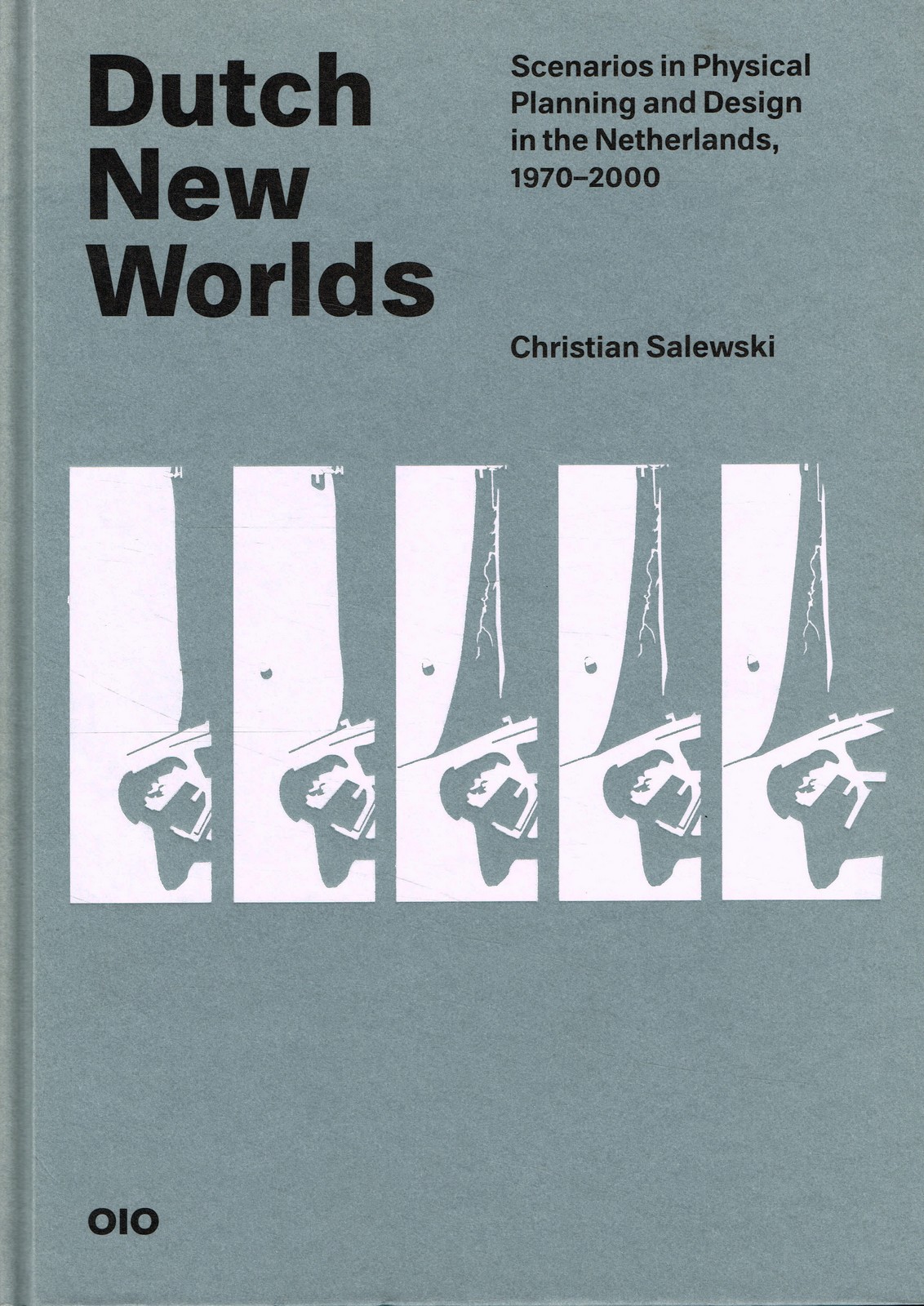
Christian Salewski
Dutch New Worlds
For English see below- Onze beslissingen geven vorm aan onze toekomst, maar we weten weinig over hoe. Om daar achter te komen, construeren planners en ontwerpers levendige beelden van wat zou kunnen zijn. Deze scenario's dienen als baanbrekers tussen verbeelding en rede. Eind jaren tachtig nam de elite van de Nederlandse planning en ontwerp scenario's op ongekende schaal om het publiek te overtuigen van hun ideeën. Maar de zoektocht om Nederland als geheel opnieuw vorm te geven mislukte jammerlijk. Hun poging ontketende echter een golf van nieuw denken over de toekomst en creëerde een enorm aantal spectaculaire beelden van de dingen die komen gaan. 'Dutch New Worlds' vertelt voor het eerst het verhaal van hoe scenariodenken stedenbouw en ruimtelijke ordening veranderde, vanaf het begin eind jaren zestig tot het hoogtepunt in de jaren negentig. Het laat zien hoe de meeste grootse scenarioprojecten op niets uitliepen door overambitie en misbruik. Het laat ook zien hoe scenario's vandaag de dag krachtige instrumenten blijven voor gericht en transparant ontwerpend onderzoek om betere steden en regio's te creëren. Verteld vanuit het perspectief van een architect en stedenbouwkundige, bevat deze ideeëngeschiedenis fundamentele lessen voor planners, ontwerpers en beleidsmakers - en voor onze volgende beslissingen die onze toekomst zullen vormgeven.-Our decisions shape our future, but we know little about how. To find out, planners and designers construct vivid images of what could be. These scenarios serve as path-breakers between imagination and reason. In the late 1980s, the elite of Dutch planning and design took scenarios to unprecedented scales to convince the public of their ideas. But the quest to reshape the Netherlands as a whole failed dismally. Their attempt, however, unleashed a wave of new thinking about the future and created an enormous number of spectacular images of things to come. Dutch New Worlds tells for the first time the story of how scenario thinking changed urbanism and physical planning, from its beginning in the late 1960s to its height in the 1990s. It shows how most grand scenario projects came to nothing because of overambition and misuse. It also shows how, today, scenarios remain powerful tools for focused and transparent design research to create better cities and regions. Told from the perspective of an architect and urbanist, this history of ideas holds fundamental lessons for planners, designers, and policy makers - and for our next decisions that will shape our future. nai010geb - 352 blz
